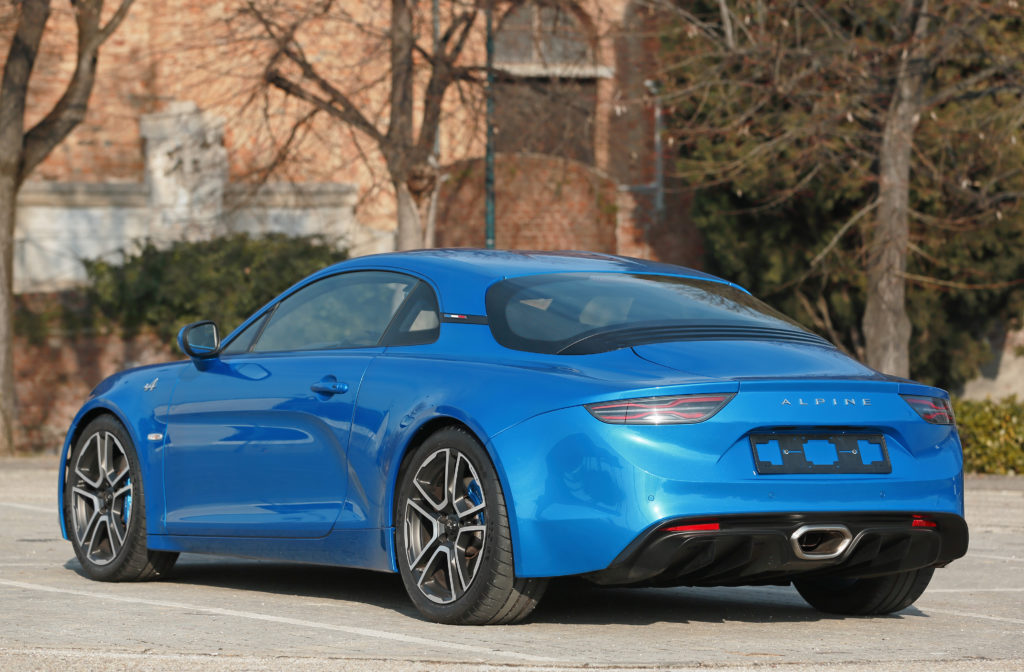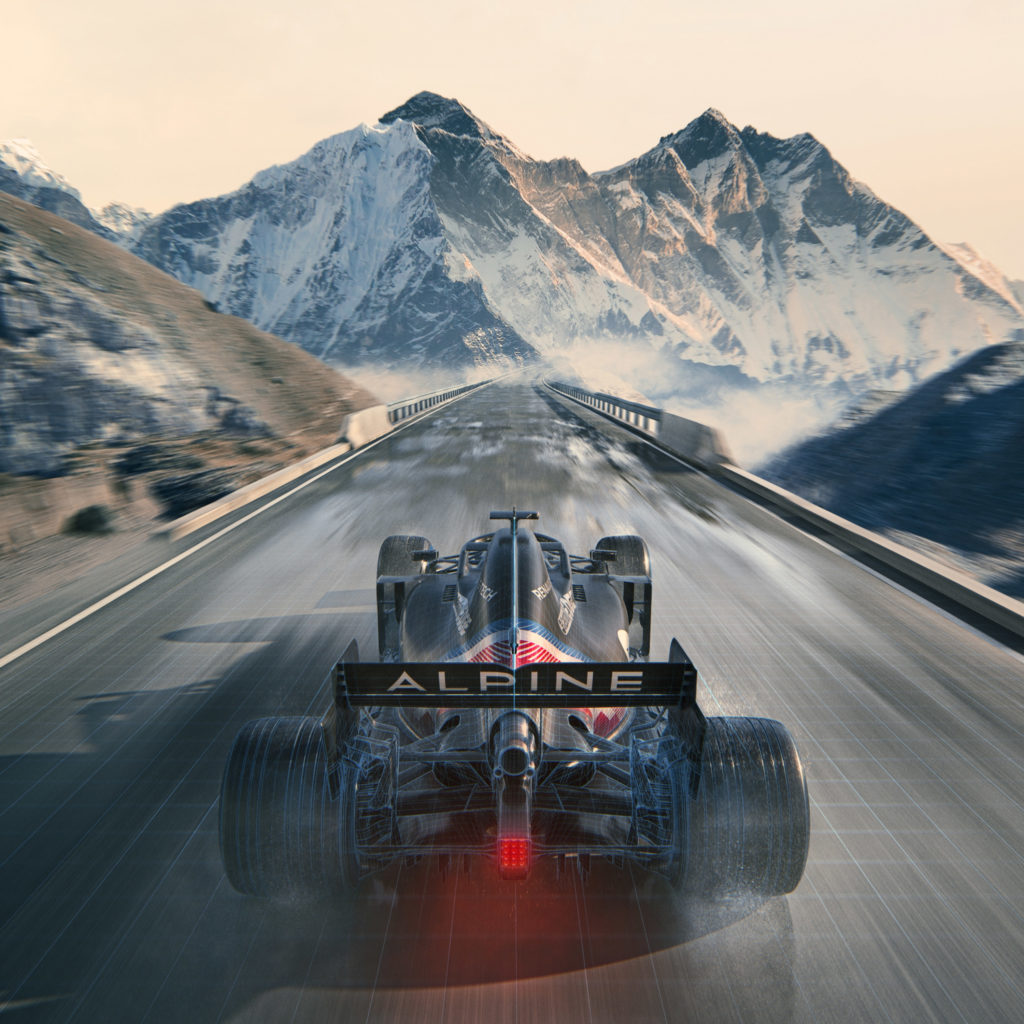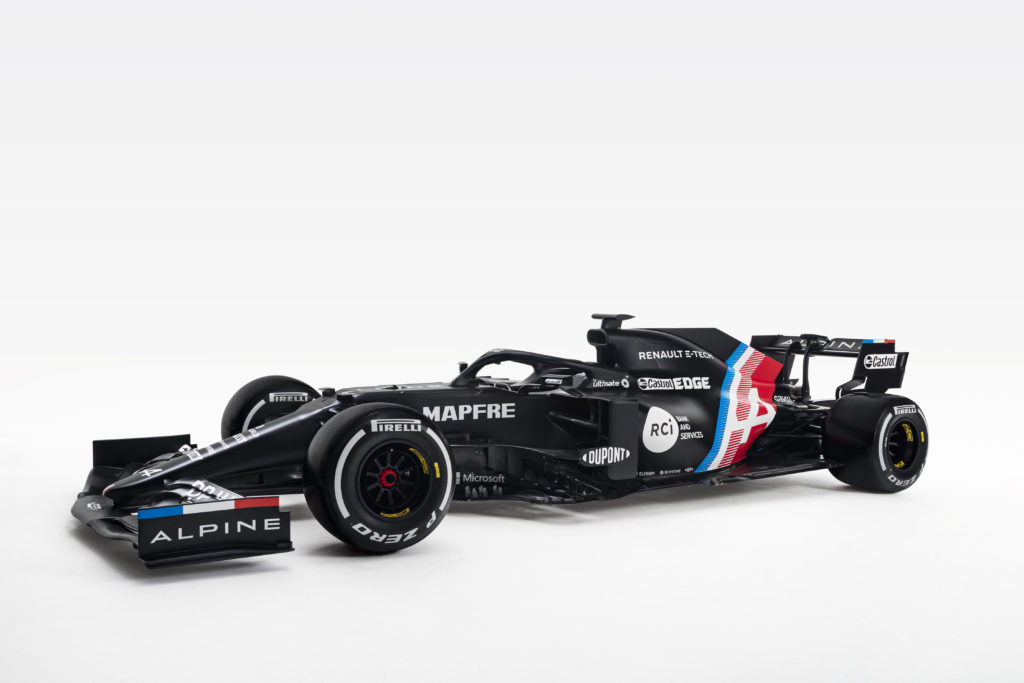Jean Rédélé must have had a lot of expectations when he started his Alpine brand in the northern French town of Dieppe in the 1950s. But that just under seventy years later his brand would have become Renault's official Formula 1 racing stable? Yet it has. And it is entirely in the spirit of Rédélé: wanting to be the best and the fastest.
Text Jeroen Jansen Image Guido Bissianti and Dirk de Jager, Courtesy of RM Auctions
When you see the attractive sporty lines of the two-door Alpine A106, you would not expect that a Renault 4CV was used as a basis. However, it is the a fact. Rédélé took the chassis of Renault's 4CV and, with the help of coachbuilders Chappe et Gessalin and designer Giovanni Michelotti, formed an attractive fibreglass body around it. The model was christened Alpine A106 and to this day forms Alpine's DNA: sporty two-seaters with racing pedigree.
Alpine is growing, coming out with the A108 and starting to grab more and more spotlights. With the A110, success is complete. The compact little car, based on a Renault 8 and transformed into a low, wide and aggressively styled asphalt eater, proves itself a serious race contender at the Monte Carlo rally in the early seventies: in first, second and fourth place within the standings, an Alpine appears. Ford and Lancia could not match the Frenchman. No, Alpine surpassed even the mighty Porsche.
Quiet in the factory
As diverse as the Alpine range has been in terms of engine blocks - from 1.0-litre cubes with around 55 bhp to fat six-cylinder turbocharged engines - the brand remains stylistically consistent in terms of bodywork. Even the 1980s' pompously styled A310 and the 1990s A610 reflect the Alpine line. OK, those things turned out a tad more angular, and soit, they grew a few sizes, but both the A310 and A610 have that same long nose and roofline to the rear bumper. Look closely, though through your eyelashes.
Despite the successes and the now iconic Alpine models, things go quiet in Dieppe after 1995. Renault, by then the owner of Alpine, decided that producing Alpine models did not pay off. Renault therefore decided to use the Alpine factory's knowledge and skills for its own brand's sporty models, under the Renault Sport or RS label. From Clio RS to Mégane RS, they all share the Alpine DNA and are built with one aim: to excel in sportiness.
 New life
New life
But the itch remains, among the Renault mechanics. A sporty, compact and daily usable car with a mid-engine, at a nice price. Are there any left? Not in France, so Renault breathes new life into the Alpine A110, named after the one model from the French marque's line-up that best embodies its heritage. The result is to savour. Nice and fast, as it gets to 100 in four and a half seconds, a modest four-cylinder as its base and a body that bridges the perfect gap from then to now.
 Apparently, that successful Alpine resurgence triggered something in Renault's brass. A hunger for greater success in racing, for example. Because from 2021, Alpine is going to compete in a branch of motorsport that is new to it: the king class. To give the refreshed Alpine more cachet, Renault's F1 team has been officially renamed Alpine. Called A521, the thing promises to be dead fast. But whether Alpine dominates here too, like in the Monte Carlo rally? We will see.
Apparently, that successful Alpine resurgence triggered something in Renault's brass. A hunger for greater success in racing, for example. Because from 2021, Alpine is going to compete in a branch of motorsport that is new to it: the king class. To give the refreshed Alpine more cachet, Renault's F1 team has been officially renamed Alpine. Called A521, the thing promises to be dead fast. But whether Alpine dominates here too, like in the Monte Carlo rally? We will see.
Alpine's timeline
1955 - Alpine A106
1958 - Alpine A108
1961 - Alpine A110
1971 - Alpine A310
1984 - Alpine A610
2017 - Alpine A110
2021 - Alpine A521 F1

Alpine on the auction block
Currently for sale at RM Auctions is a very nice Alpine A110 Première Édition. For just 55,000 euros, you can buy a nearly new 2019 Alpine, with less than 14,500 kilometres on the odometer. Want a classic Alpine A110? Then you'll have to be a bit more patient. The cars don't change hands very often. Extremely expensive they don't have to be. The one on these pages, from 1971, went under the hammer for just over a tonne last year. And then it has special options like headlights and a roll cage too



